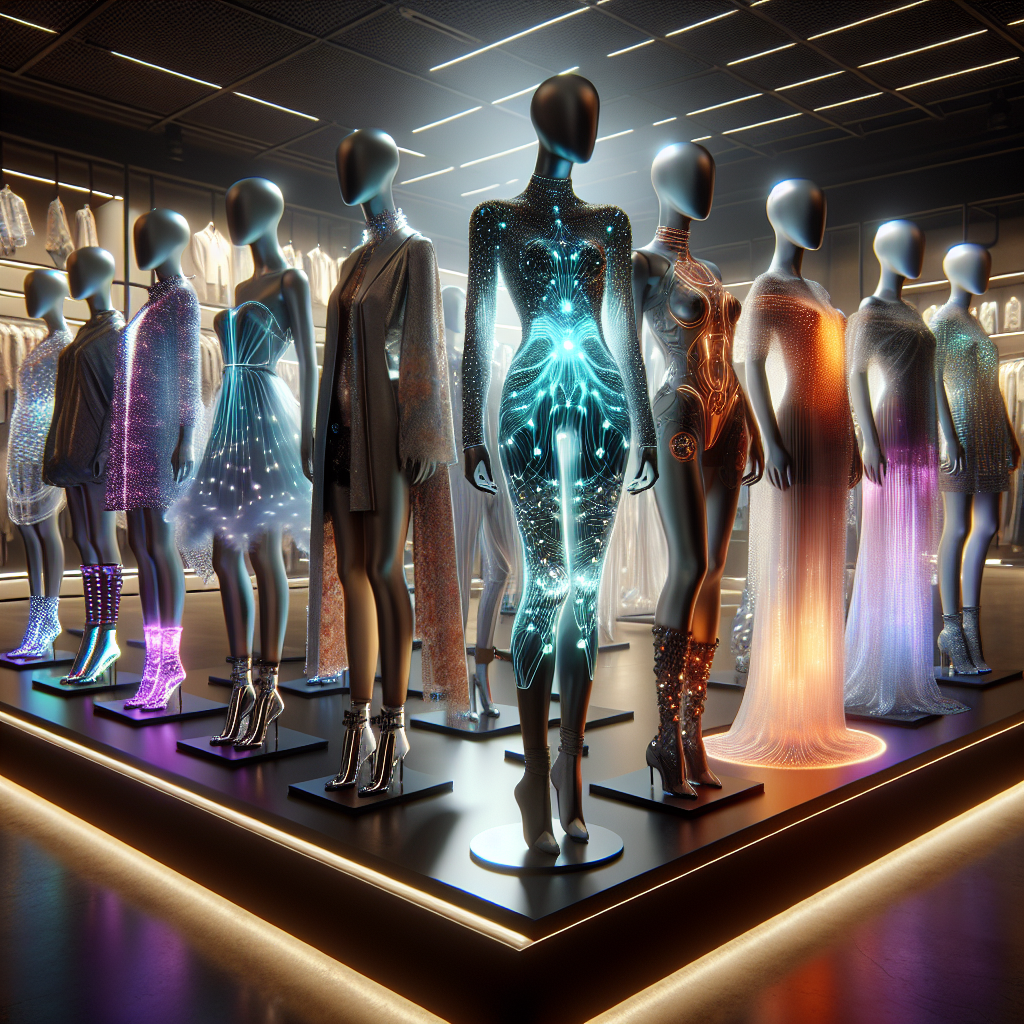The fusion of artificial intelligence (AI) and fashion design is reshaping the landscape of the fashion industry. As technology advances, designers and brands are increasingly leveraging AI to enhance creativity, optimize processes, and personalize consumer experiences. This article delves into the multifaceted relationship between AI and fashion, exploring how this innovative intersection is redefining traditional paradigms and opening new avenues for creativity and efficiency in fashion design.
Exploring the Intersection of AI and Fashion Design
The convergence of AI and fashion design represents a groundbreaking shift in the creative process, where technology meets artistry. AI-powered tools are being utilized to analyze vast datasets, including historical fashion trends, consumer preferences, and market dynamics, enabling designers to make informed decisions and predict future trends with unprecedented accuracy. This intersection allows for the creation of unique designs that resonate with contemporary tastes, while also incorporating innovative elements that push the boundaries of traditional fashion. By harnessing the capabilities of AI, designers are able to experiment with new materials, patterns, and styles, ultimately transforming the way fashion is conceived and realized.
The Role of AI in Enhancing Creativity
AI’s role in enhancing creativity within the fashion industry cannot be overstated. With the ability to process and analyze large volumes of data quickly, AI tools provide designers with insights that inspire new ideas and concepts. AI-driven design platforms offer a collaborative space where human creativity is augmented by machine intelligence, leading to the generation of novel designs that might not have been conceived through human effort alone. Moreover, AI enables the exploration of a broader range of design possibilities, allowing for more daring and unconventional creations. By automating routine tasks and providing creative suggestions, AI empowers designers to focus on the artistic aspects of fashion, driving innovation and originality.
AI and Sustainable Fashion Practices
In the quest for sustainability, AI is playing a crucial role in transforming fashion practices. By optimizing supply chains and reducing waste, AI technologies help fashion brands minimize their environmental impact. AI algorithms can predict demand with greater accuracy, leading to more efficient production processes and reduced overproduction. Additionally, AI facilitates the development of sustainable materials by analyzing and simulating their performance, encouraging the use of eco-friendly alternatives. As consumers become increasingly conscious of sustainability, AI-driven solutions offer fashion companies the tools needed to align with these values, paving the way for a more sustainable and responsible industry.
Personalization and Consumer Experience
AI is revolutionizing the consumer experience by enabling unprecedented levels of personalization in fashion. Through data analysis, AI systems can understand individual preferences and shopping behaviors, creating personalized recommendations and tailored shopping experiences. Virtual fitting rooms, powered by AI, allow consumers to visualize how garments will look and fit, enhancing the online shopping experience and reducing return rates. This level of personalization extends to custom-made clothing, where AI can assist in designing garments that cater to specific measurements and style preferences. By delivering a more personalized and engaging shopping experience, AI is helping brands build stronger connections with their customers.
The integration of AI into the fashion industry is not merely a trend but a transformative movement that is reshaping the way fashion is designed, produced, and consumed. From enhancing creativity and sustainability to personalizing consumer experiences, AI offers a wealth of opportunities for innovation and growth. As the technology continues to evolve, the fashion industry is poised to benefit from the synergies between human creativity and machine intelligence, paving the way for a future where fashion is more dynamic, sustainable, and personalized than ever before.










